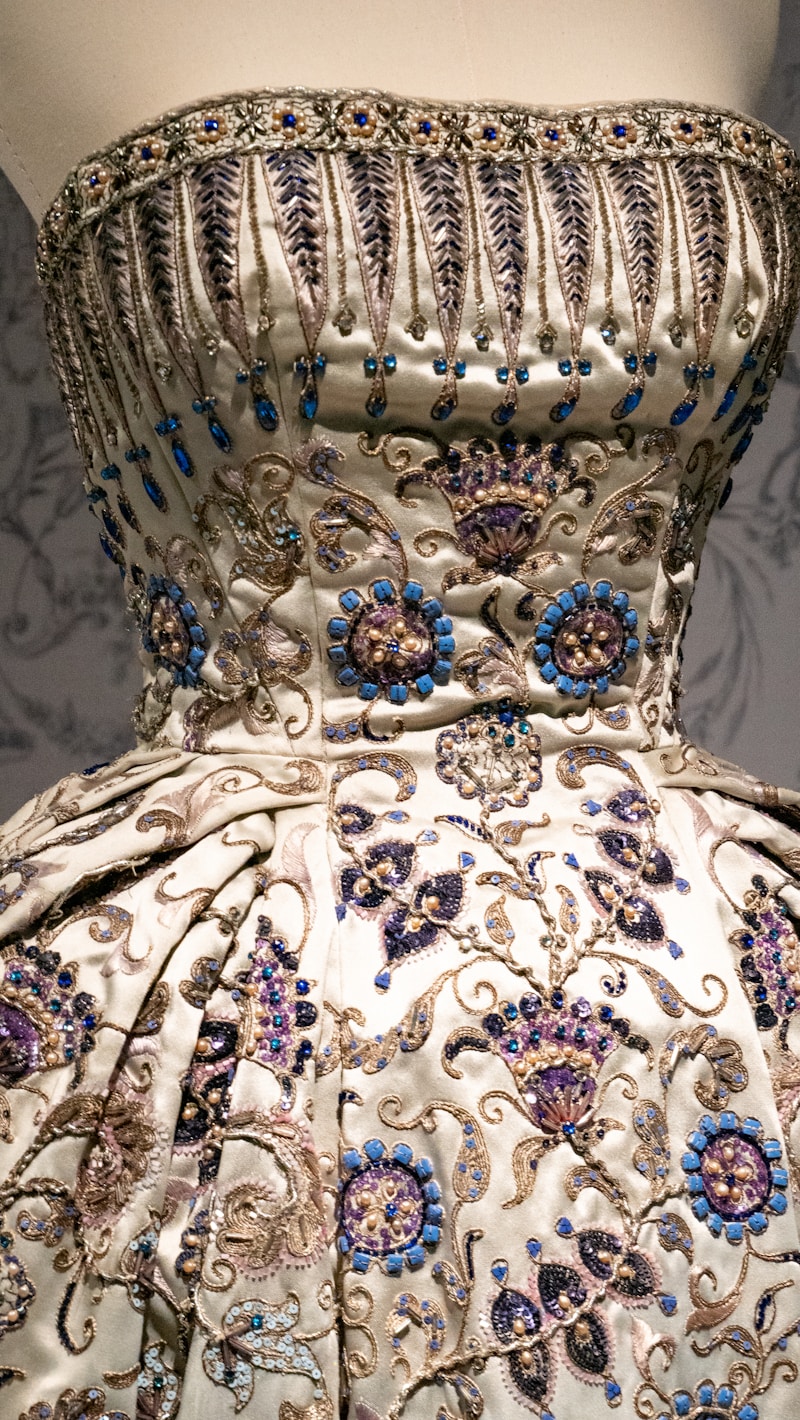The Juxtaposition of Minimalist Design with Intricate Lace Details
The Juxtaposition of Minimalist Design with Intricate Lace Details
Exploring the Perfect Balance: Minimalist Design Meets Intricate Lace
In the realm of modern design, where simplicity often reigns supreme, the contrasting beauty of intricate lace details creates a compelling visual narrative. The juxtaposition of minimalist design with intricate lace details offers a unique aesthetic that captivates the senses and stimulates creativity. In this article, we will delve into how these two seemingly opposing styles coexist, their historical significance, and practical applications in various fields such as fashion and interior design.
The Essence of Minimalist Design
Minimalist design is characterized by its clean lines, uncluttered spaces, and a focus on functionality. The philosophy behind minimalism is to strip away excess and focus on what is essential. This design movement began in the mid-20th century and has since influenced various domains, from architecture to graphic design.
Key Principles of Minimalist Design
| Principle | Description |
| Less is More | The essence of minimalism lies in simplicity, where every element serves a purpose. |
| Neutral Color Palettes | Minimalist designs often utilize muted tones that evoke calm and serenity. |
| Functional Furniture | Minimalist furniture designs focus on usability without sacrificing style. |
| Open Spaces | Creating airy and unconfined areas enhances the feeling of tranquility. |
These principles not only resonate in physical spaces but also translate into digital design, influencing website layouts and user interfaces. The minimalist approach draws users in by providing clarity and ease of navigation.
The Allure of Intricate Lace Details
Contrasting sharply with minimalism is the world of intricate lace details. Lace has a rich history that dates back to the 15th century, with its delicate patterns and craftsmanship. Originally made from linen, silk, or cotton, lace signifies elegance and sophistication. Today, lace details continue to play a pivotal role in fashion, home décor, and other design fields.
Types of Lace
Understanding the various types of lace is crucial for anyone looking to incorporate this detail into their design. Here are a few popular lace varieties:
| Lace Type | Description |
| Chantilly Lace | A fine, floral lace known for its elegant floral motifs and delicate finish. |
| Venise Lace | Heavier lace with a three-dimensional effect, often used in formal wear. |
| Alençon Lace | Nicknamed 'the queen of lace,' featuring embroidered motifs outlined in a fine thread. |
| Guipure Lace | A lace without a net ground, giving it a more textured appearance. |
The Art of Juxtaposition
The combination of minimalist design with intricate lace details creates a stunning interplay of elements. When applied thoughtfully, this juxtaposition can lead to striking outcomes in different design contexts.
Fashion Statements
In fashion, designers often merge minimalist silhouettes with lavish lace details to create garments that are both simple and luxurious. A classic example is a sleek black dress embellished with intricate lace sleeves, enabling the wearer to maintain an elegant yet understated look. 
Moreover, this combination has been popularized by numerous fashion houses, allowing the subtlety of minimalism to highlight the complexity of lace. The result is a collection that speaks volumes while remaining grounded in a sophisticated aesthetic.
Interior Design Inspirations
In interior design, the juxtaposition of minimalist spaces adorned with lace accents can evoke a sense of warmth and charm. Consider a minimalist living room featuring a simple couch paired with sheer lace curtains. The lace adds texture and a touch of femininity, creating a balanced and inviting atmosphere.
This approach applies to various elements, from table settings to wall art, where lace details can act as focal points without overwhelming the overall design.
Challenges and Considerations
While merging minimalist design with intricate lace details can yield beautiful results, it also presents challenges. Designers must find the right balance to prevent lace from overpowering the minimalist elements. Here are a few tips for achieving harmony:
- Choose Quality Over Quantity: Select lace pieces that enhance rather than clutter the design.
- Color Coordination: Use a color palette that complements minimalist tones to maintain a cohesive look.
- Avoid Excessive Patterns: Opt for lace designs with simpler patterns to keep the overall aesthetic clean.
Consumer Preferences
As the demand for modern aesthetics continues to evolve, consumers increasingly yearn for the elegance found at the intersection of minimalism and intricacy. Understanding market preferences is vital for designers looking to innovate. Surveys and trends suggest a growing appreciation for uniqueness combined with practicality, pushing designers to think creatively about incorporating lace in their collections.
Conclusion
The juxtaposition of minimalist design with intricate lace details represents a thrilling exploration of contrasts. It encourages designers and consumers alike to appreciate the beauty of simplicity while honoring the artistry of lace. As we move forward into a more design-conscious era, these principles will likely continue to inspire creative innovations across various fields.
Final Thoughts: Whether you're a fashion designer, an interior decorator, or someone looking to infuse your personal style with these elements, understanding the essence of both minimalism and intricate lace is essential. Aim for balance, focus on quality, and allow the interplay of simplicity and detail to create breathtaking outcomes that resonate with both the heart and the mind.
